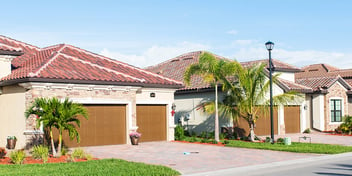- Home »
- Learningcenter »
- Downsides to prefabricated roof
FAQ: What Are The Downsides to a Prefabricated Roof?
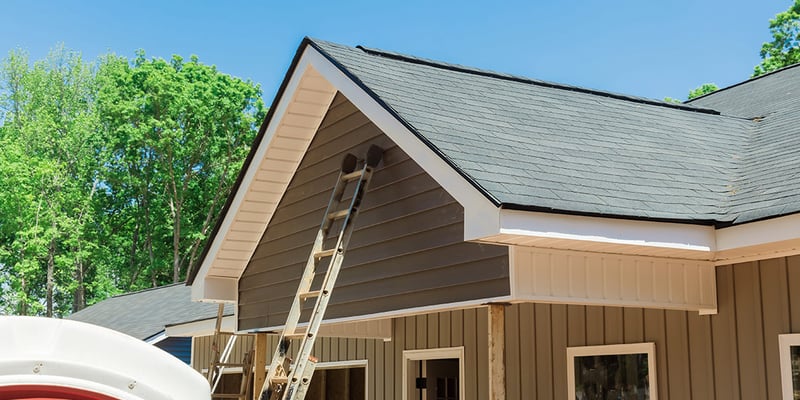
Buildings shoot up faster these days, thanks in part to useful shortcuts like prefabricated roofs that are ready to roll even before the first brick is laid. Talk about a time-saver! But, hold on a sec. It's not all sunshine and fast tracks.
People trust prefabricated roofs because no one loves making things quicker and easier, right? But, this fast lane comes with its own bumps - and they're worth a good, hard look.
At first glance, choosing a prefabricated roof might look like the perfect hack to slash construction times. But dig a little deeper, and you'll show some snags. We're talking about those often-overlooked concerns here. Our goal? To lay it all out for you - the ups, the downs, and the in-betweens of going with a prefabricated roof.
Understanding the risks of prefabricated roofs is important to making a choice you won't regret. It's about seeing beyond the immediate benefits of the possible headaches down the road. We're here to guide you through the maze of making choices in today's construction scene, helping you balance the pros and cons with your eyes wide open.
Limited Customization and Design Constraints
Choosing a prefab roof might seem like an easy win, especially with its budget-friendly price tag and quick installation timeline. But when you're pouring your heart into a building that deviates from the norm, whether it has curves where others have corners or it's paying homage to a bygone era, that's where you might hit a snag. Not all buildings are created equal, and those unique touches we love? They demand something a bit special from the roof.
If you've ever been knee-deep in a project and had that spark of inspiration to shake things up design-wise, you know I'm talking about a simple swap. Especially if your building is a refuge and tells a story of its own, do you want your new home to whisper tales of the past? A standard, off-the-shelf prefab roof might just end up speaking in tongues.
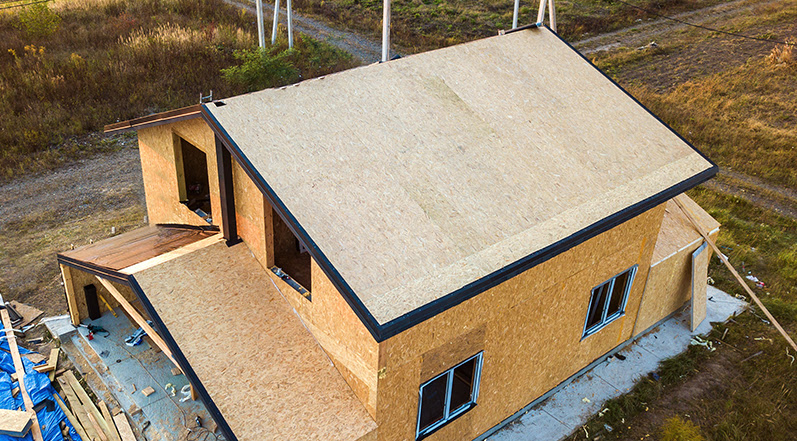
And let's talk about blending the old with the new. It's like trying to fit a square peg in a round hole. You're going for a roof that looks like it's danced through decades with your building, not one that just crashed the party. This part of the puzzle can stump even the most experienced builders and architects.
Sure, prefab roofs have their benefits - they're kind to your wallet and on your construction schedule. But when your project strays from the cookie-cutter path, weaving in that prefab convenience without compromising on style? That's where the real challenge lies. It's striking that perfect balance between ease and aesthetics.
Transportation and Handling Challenges
Hauling those big prefab roof sections from the spot they're made to your construction site isn't a walk in the park. We're talking about steep items that need a bit of special handling to get them to their new home safe and sound. Then, think about the hustle of loading and unloading these giants. It's enough to possibly slow things down and make your wallet a bit lighter.
Getting these parts moved has many uses beyond another line item on your budget. It's a very new kind of expense you might not have thought about. You're going to need cranes or something similar to heft these pieces into place, bumping up your costs and complicating your project plan. And since people want a piece of this equipment, if you're not quick on the draw to book them, you might find yourself stuck waiting.
And let's not even start on the what-ifs of something getting banged up along the way or during installation. That's more money flying out of your pocket and more time ticking by as you wait for fixes. Being careful with how you move and lift these sections from the get-go is important.
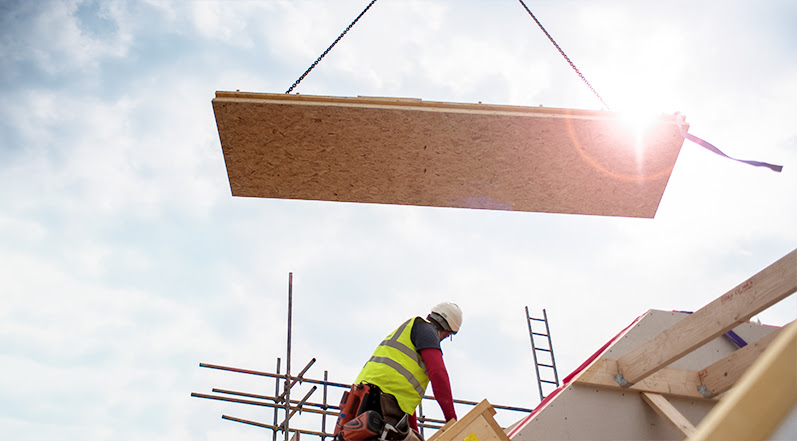
To keep things rolling smoothly, being in sync with your prefab roof makers, the transport crew, and your on-site builders is important. Aligning deliveries with your construction timeline is your best bet to dodge delays or pay through the nose for storage.
Even though these potential headaches, the benefits of going with prefab roofs are important. But, the process these roofs take from factory to site can really shake up your project's budget and schedule. It makes a world of difference to hash out these details early, which makes sure your project flows quickly and easily.
Is Weather a Problem for Installing Prefabricated Roofs?
Choosing prefab roofs? These roofs are crafted under perfect conditions, which will make sure top quality. But, here's a heads up: their installation is a bit weather-dependent. You need clear skies because rain or too much dampness could spell trouble, leading to mold which isn't great for your roof's health.
And let's not forget the high winds. They can throw a wrench in the works, causing delays and, yup, bumping up your costs if you're on a tight schedule.
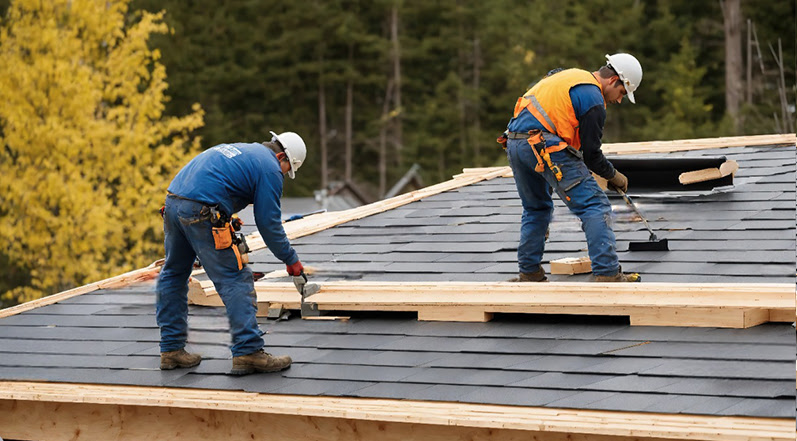
So, what's the game plan? Keep an eye on the forecast and plan your installation around it. Flexibility is your assistant here. A sudden weather shift? No problem if you're prepared. It's also wise to have a chat with your contractor about what weather woes might pop up.
So, prefab roofs are a solid choice, but the weather's unpredictability means staying on your toes is a must to dodge those unnecessary delays.
Space Factors and Attic Usability
Thinking about going for a prefab roof? Keep in mind, it might shake things up with your attic space and ceiling heights. These roofs are put together with trusses that can be a bit tight - not perfect if you're dreaming of a roomy attic or extra storage.
Here's a tip: get in on the planning process early. Chat with your manufacturer or designer about changing those trusses to open up some space. Heads up, though, customizing like this could bump up the price. Also, it's worth looking into other roofing styles that give you the attic space you want without sacrificing the benefits of prefab.

One more thing to think about: prefab roofs can sometimes lower your ceiling height around the edges of your rooms, which makes them feel a bit snug.
All in all, a bit of foresight and a dash of creativity can help you navigate around the space limitations of prefab roofs choosing the right roof can make a huge difference in how you experience your space.
Structural Integrity and Installation Quality
Getting your prefabricated roof put up the right way is super important. Mess it up, and you might end up with leaks, bad atmospheres from poor insulation, or even your roof waving goodbye way sooner than it should. The install job has a big change in how long your roof will stick around and how well it does its job.
Skimping out and going for a cheaper install can backfire huge; you could be looking at leaks and lousy insulation right off the bat. And nobody wants to live or work in a place that feels like you're outside when you're not. Plus, it could send your energy bills through the roof and not in a good way. That's why it's a no-brainer to choose a contractor who really gets prefabricated roofs and nails the installation.
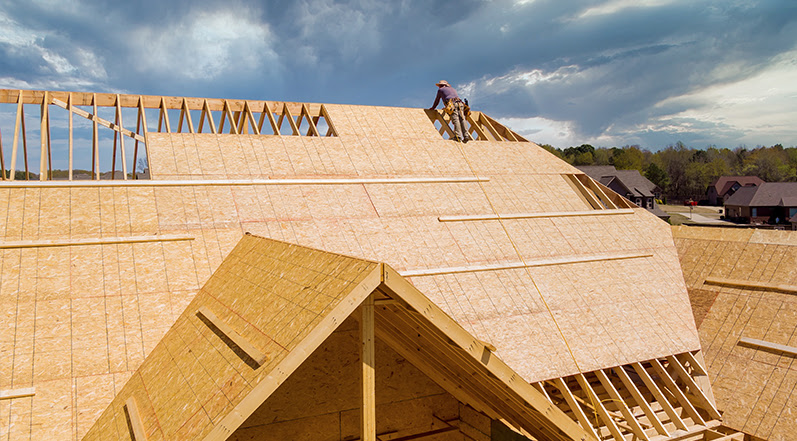
A sloppy install both means you're uncomfortable and also hits where it hurts - your wallet. If the warranty gets tossed because of a bad install, guess who's footing the bill for any fixes? That's on you.
So, when it's time to choose a contractor, take your time; you want someone who's seen it all with prefabricated roofs. Someone who's on the ball and can handle whatever the job throws at them. This can really cut down on headaches later and make sure your roof does its job right.
To put it basically, picking an expert contractor means you're setting up your roof to last the distance and keep your building cozy and safe.
Potential for Damage During Transit and Installation
Choosing a prefabricated roof brings up a bunch of worries - what if it gets scratched or dented? These tiny issues can really throw off its looks and shorten its lifespan. The trick is to start with a close eye for quality right when the roof is being crafted. And let's not forget the process it takes from the factory to your doorstep, which is packed with potential for trouble. Making sure the roof parts are wrapped in tough, weather-resistant parts is important. Smart packing has many uses beyond a good idea; it's a must.
The entire trek, from creation to installation on your home, requires a gentle touch. Partnering with transporters and installers who understand how delicate these parts are is really important. Choosing for covered transport protects them from the features and keeps them clean, and watching the weight will make sure nothing gets crushed.

Once at your place, careful handling is still important. A skilled installation crew knows how to fit each piece perfectly, easing the strain on the parts while making sure your roof has many uses beyond a treat to the eyes, like solid and reliable.
Paying attention to every little thing - how the roof is packed, moved, and installed - steers clear of headaches that could mess with your roof's performance and durability. Stick to these steps, and you're setting up your prefabricated roof to arrive looking great, stand strong, and look good, doing its job for the long haul.
Upfront Costs Versus Long-Term Savings
Thinking about getting a prefabricated roof? The sticker price can be a bit of a shock at first. There's the cost of getting those big pieces over to your site and the need for cranes to hoist them into place. Traditional roofs, on the other hand, are a piece of cake to move and set up since their parts are smaller and less of a hassle.
But if you play the long game, prefabricated roofs can actually be kinder to your wallet, especially because you end up saving a ton on labor. These roofs are pretty much ready to go straight out of the factory, slashing the amount of work and time needed on site. This means you can wrap up your project way faster, cutting down on the costs of supervising work and renting out equipment.

Another plus? The quicker build time reduces the risk of delays, commonly caused by bad weather. Plus, roofs made in a factory setting are usually of higher quality, so you're less likely to shell out cash for repairs later on.
Sure, the upfront cost of a prefabricated roof might make you pause, but thinking about the long-haul savings from reduced labor costs and faster build times shows it's a smart financial move. When deciding, it's important to balance the initial outlay against the future savings. Over your building's life, going with a prefabricated roof can really pay off.
Compatibility and Integration Issues
Mixing prefab roofs with all sorts of building styles isn't always a walk in the park. The goal? To make these off-the-shelf roofs look like they were always meant to be part of the buildings they're topping off.
Let's chat about fitting these premade roofs onto buildings that break the mold - with their quirky shapes or one-of-a-kind features. Care is your assistant here. A tiny slip-up can create a big headache since prefab roofs don't exactly wiggle into shape for those unique building contours.
Then, there's the usefulness of adding a fresh roof to an older building. Finding that sweet spot of balance is important, even if prefab choices sometimes feel a bit limiting.
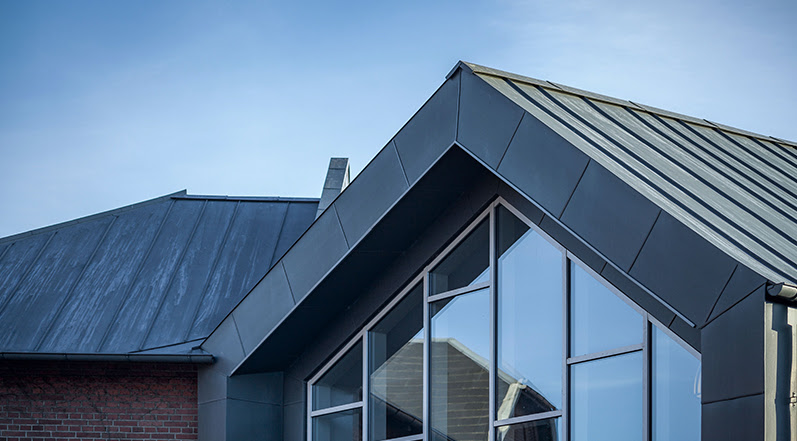
But there's a silver lining. Kicking things off by teaming up closely with those who make the roofs might just open up the door to changing those prefab options. And let's not forget the powerhouse of imagination - a creative design squad can turn these so-called hurdles into wins.
Talking about tech like 3D modeling is pretty much incredible. It lays out a crystal-clear blueprint for melding prefab roofs with existing structures, sparking designs that both look good and function well.
This whole adventure is about blending the no-fuss technique of prefab work with the special quirks of your building, all while keeping the team in sync. Doing this right shows how being flexible in design has many uses beyond nice - it's really important.
Protect the Roof Over Your Head
Choosing a prefab roof might seem like a smart way to save money. But, you could run into a few issues - think issues getting it delivered, not finding the look you're after, and cross your fingers it stands up to stormy weather.
If you want to avoid those future headaches, chatting with experienced people can make all the difference.
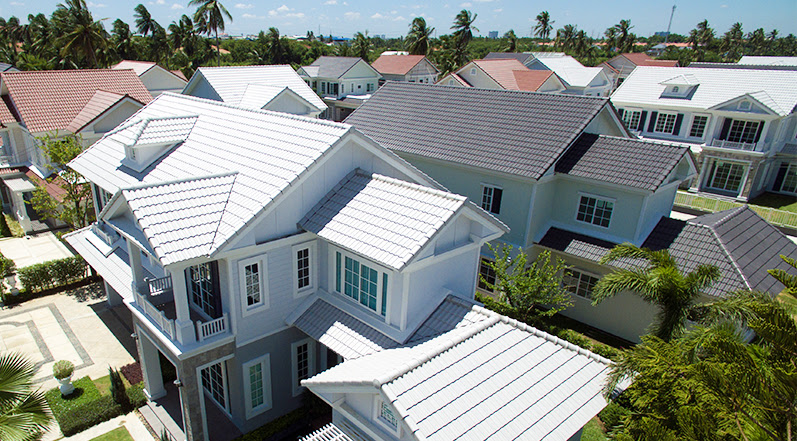
We're Colony Roofers, your favorite team in Georgia, Florida, and Texas; we have your back, whether it's for your business or your home. Partnering up with expert roofers? That's a smart move. We stand by our work, offering to keep your roof in top shape for no extra cost. Do you need a roof check or think it's time for a repair or a new installation? We're a call away. Having a crew that knows their way around roofs is important, and that's where we shine. Reach out for all your roofing solutions.
 Call (678) 365-3138
Call (678) 365-3138


